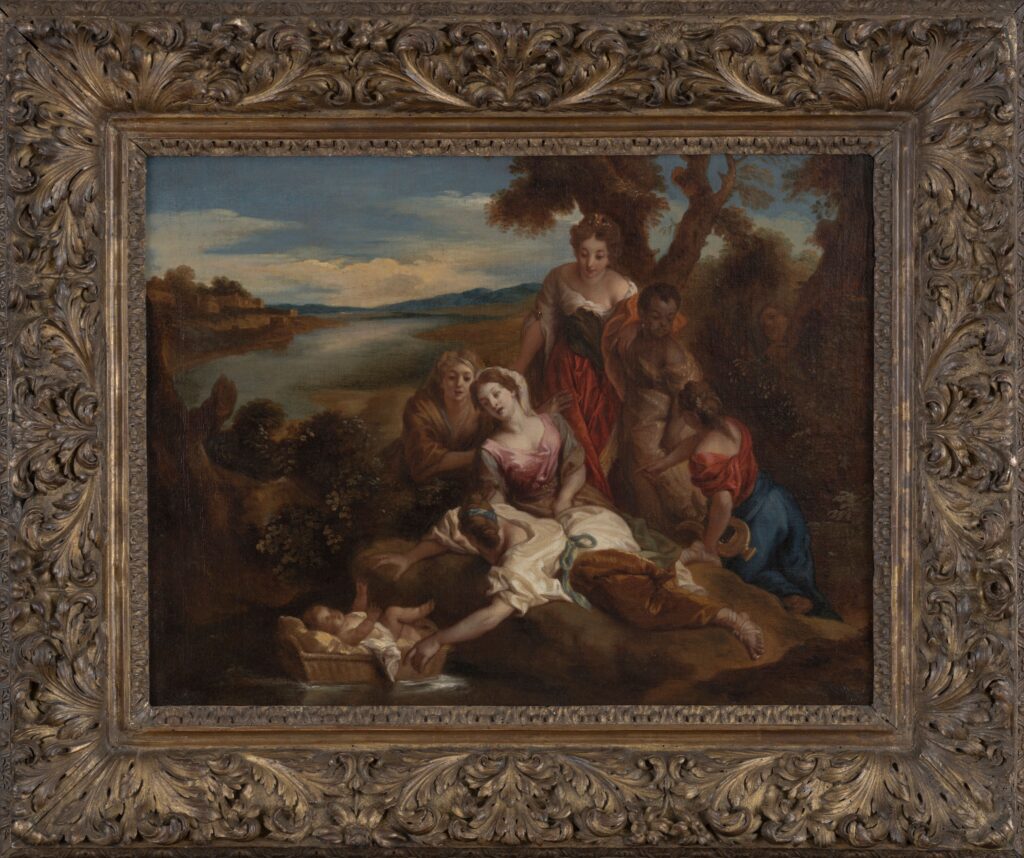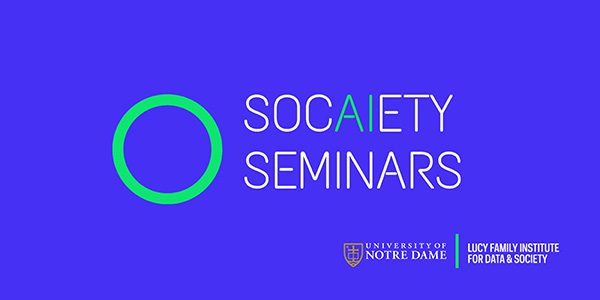Hope and Liberation
Sunday, February 25, 2024 12:00 pm EST
Mary Kate Kocovski ’27, an economics and theology major and a student worker at the Raclin Murphy Museum of Art, guides through our contemplation of the Finding of Moses by Charles de la Fosse, painted towards the end of the 17th century. As told in the Old Testament, Moses was born into bondage in Egypt and subject to the pharaoh’s decree at that time to kill all male Israelite babies. To save her son, Moses’ mother set him afloat in a basket on the Nile, where he was discovered by the pharaoh’s daughter, who raised him as her own.
This theme became increasingly popular in the 1600s, after the birth of King Louis XIV, who grew up believing himself to be, like Moses, the savior of his people. This was also one of the few stories that allowed for painters during that period to include a Black character who we see to the far right of the gathering of women.
In the Mass readings for the second Sunday of Lent, we delve into the awe-inspiring moment of the Transfiguration of Jesus, where Peter, James, and John witness Christ standing on a mountain alongside Moses and Elijah. The scene unfolds in a blaze of dazzling white, as Jesus engages in conversation with these revered figures from the Old Testament.
In reflecting upon Charles de la Fosse’s depiction of the Finding of Moses and the passages we explore today, it becomes apparent that the Old and New Testaments are not distinct in their witness to God’s mercy and love. The parallels between the missions of Jesus, Moses, and Elijah are remarkable. Moses liberated the Hebrews from slavery; Elijah liberated Israel from idolatry, and through Christ, we find liberation from the fearful grip of sin and death.
The artwork showcased here goes beyond mere happenstance surrounding the infancy of Moses. Moses’ escape foreshadowed the eventual freedom of the Hebrew people, mirroring Christ’s escape from Herod, which ultimately signifies the salvation of the entire world.
This Lent, ThinkND invites you to join FaithND and the Raclin Murphy Museum of Art for a journey of Lenten discovery through some of the most significant liturgical paintings in the Raclin Murphy collection, challenging you to contemplate prayer, fasting, sinfulness, mercy, grace, and God’s infinite love from the perspectives of the artist’s gaze. To subscribe to the FaithND Daily Gospel Reflection visit faith.nd.edu/signup.

For closer viewing of this work through the digital collections of the Raclin Murphy Museum of Art, please click here.


